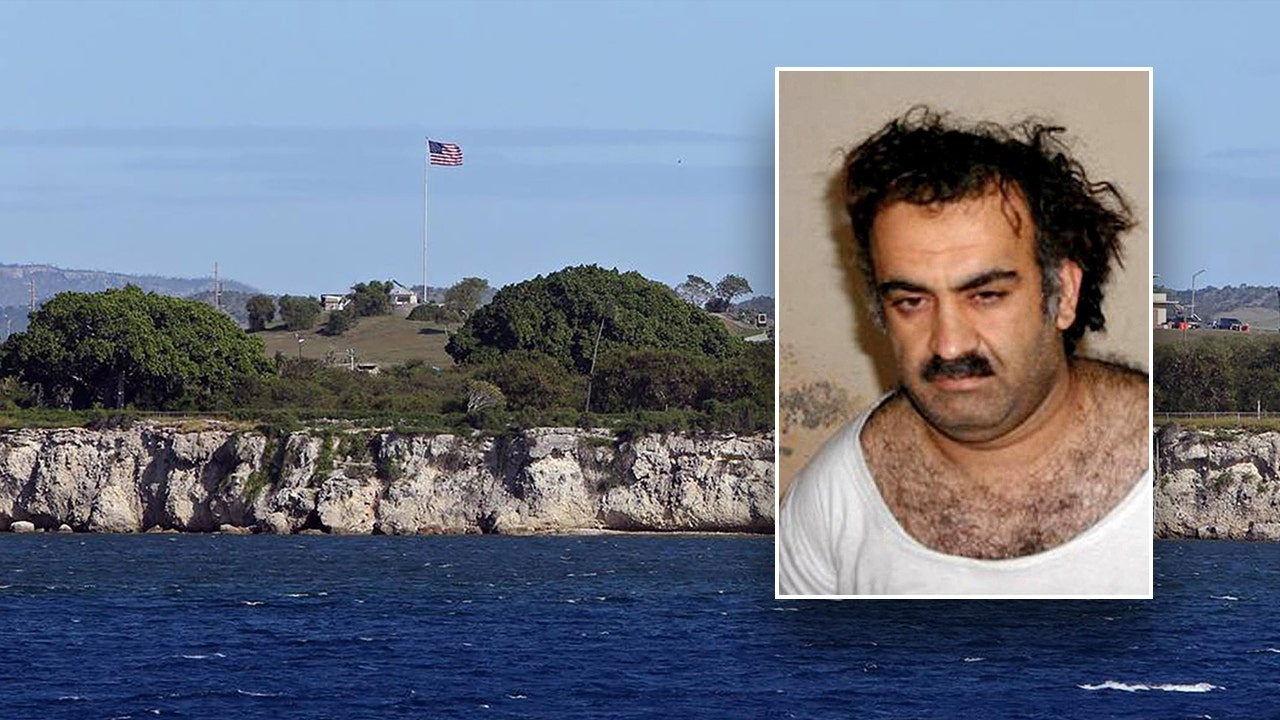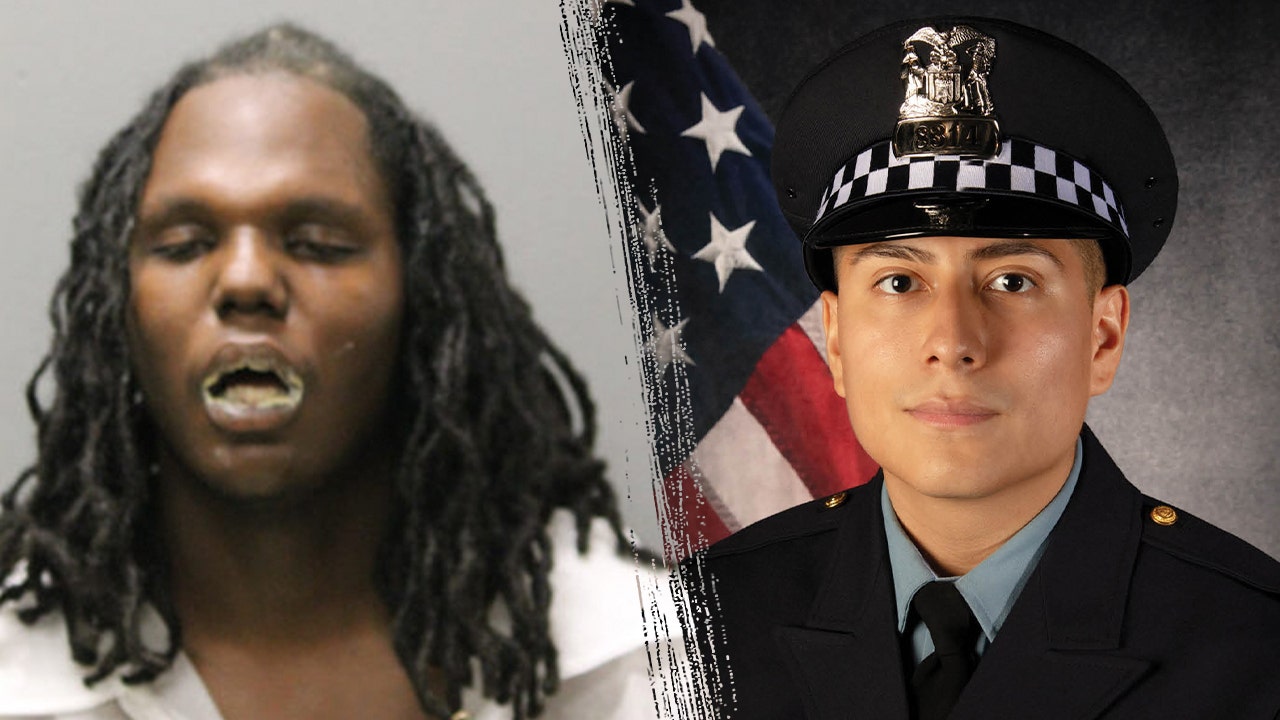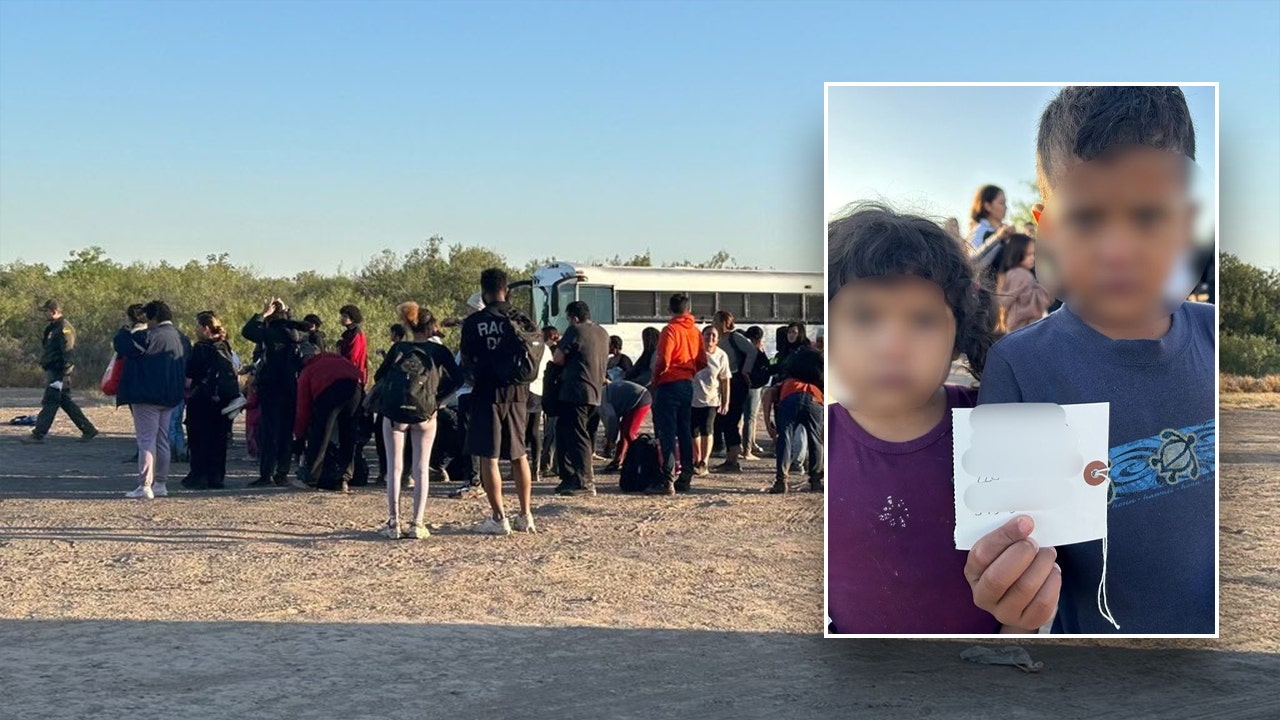Hamas is seeking to frame the death of its leader, Yahya Sinwar, in Gaza as a victory. It is emphasising how the 62-year-old veteran died on Thursday fighting on the frontline, armed and wearing a Palestinian keffiyeh, and how the organisation has survived for 37 years despite the assassination by Israel of a series of its leaders.
In a statement, Bassem Naim, a Hamas spokesperson and member of the leadership council, acknowledged the pain and distress of losing “beloved people, especially extraordinary leaders like ours” but said the group was sure of eventual victory as “this is the outcome for all people who fought for their liberty”.
Naim pointed to the previous assassinations of Sheikh Ahmed Yassin, the charismatic cleric who founded Hamas, and Abdel Aziz al-Rantisi, Yassin’s successor, as examples of how the militant Islamist organisation had “each time became stronger and more popular”.
But rhetoric cannot entirely obscure reality. Since the surprise attack launched into Israel by Sinwar just over a year ago, a series of Hamas’s top officials have died in Israeli strikes, most notably Ismail Haniyeh, Sinwar’s predecessor at the head of the militant Islamist organisation, who was killed in a blast in a government guesthouse in Tehran in July. Other key veterans have been killed, along with thousands of lower-level officials, administrators, commanders and foot soldiers. The exact number is hard to calculate, but even if Israeli claims appear exaggerated, the toll has been devastating.
Hamas, too, has lost its hold on Gaza and its more than 2 million inhabitants. For 17 years, this allowed the group to impose its conservative Islamist agenda, recruit a new generation of officials and fighters, construct a vast complex of tunnels and build an arsenal of rockets. Gaza also generated vast and essential funds from taxes, smuggling and rackets.
This has all gone. Hamas currently maintains a presence in much of Gaza, constituting a shadow government amid the chaos and violence of continuing Israeli operations, but nothing to compare with actually being in power. Nor can it translate gains in popularity in the occupied West Bank, where it has also suffered from Israeli raids and strikes, into anything that could compensate.
An immediate priority is to choose a leader, or at least set up some functioning mechanism to provide direction. Hamas has in previous years used a secret ballot in Gaza, the West Bank, Israeli prisons and abroad to select the political chief, but that is impossible under the current circumstances. Sinwar’s younger brother Mohammed, a military commander in Gaza, is unlikely to be able to rally and unify the organisation, or even survive very long.
Many experts point to veterans such as Khaled Mashal, who has done the job before, or Khalil al-Hayya, who headed Hamas’s ceasefire negotiation team, and is reportedly well liked by officials in Tehran. But both are based in Qatar, which brings its own complications and diminishes their appeal to rank and file. One possibility would be to follow Hezbollah’s example after the assassination first of its leader, Hassan Nasrallah, last month and then, possibly, his replacement, and so leave the post formally empty.
Analysts say overseas support is crucial to Hamas. Factions have long argued bitterly over whether to align with Iran as part of Tehran’s regional axis of resistance, or tack closer to Sunni Gulf states. Sinwar favoured the former, and the debates will only be sharper following his sudden demise. The many existing splits within the organisation may widen as regional powers intrigue to advance their own interests and Israel keeps up the military pressure in Gaza, hunting Hamas’s senior figures there and elsewhere.
Instead of a Hamas 2.0, this could end with multiple factions of Hamas operating more or less independently. This process is already under way in Gaza, where previously well-organised “battalions” have disintegrated into small, chaotic and largely ineffective squads of often inexperienced militants. Observers close to the organisation say it has “ceased to exist” in anything resembling its previous form and so will need decades to rebuild.

 2 settimane fa
186
2 settimane fa
186















 English (US) ·
English (US) ·